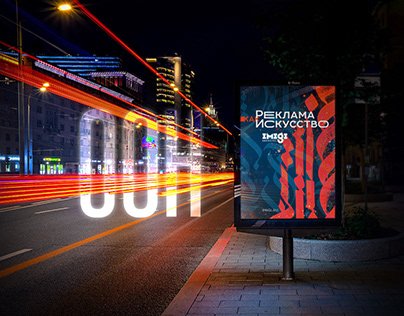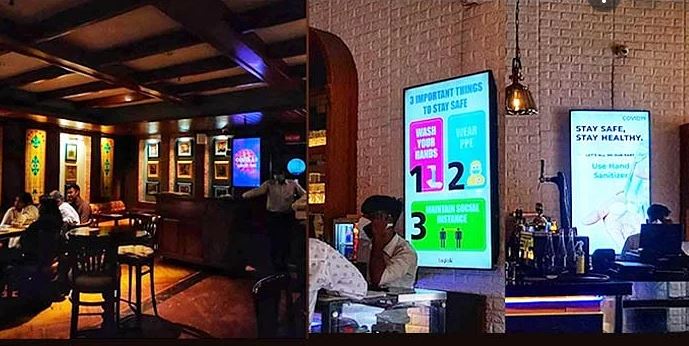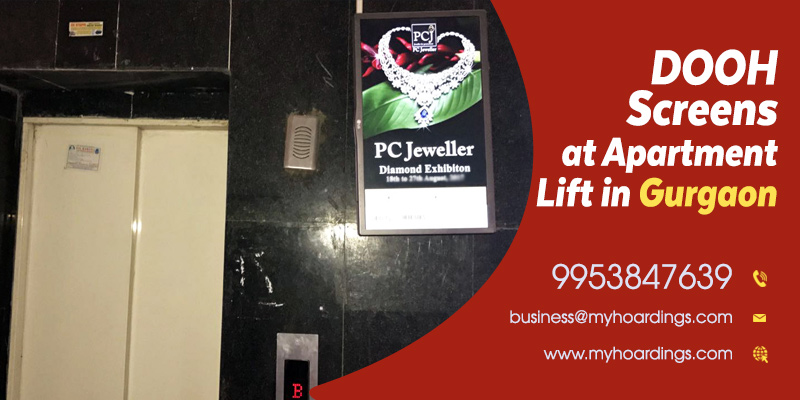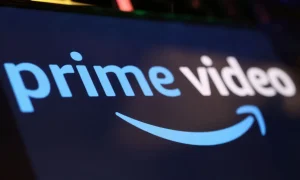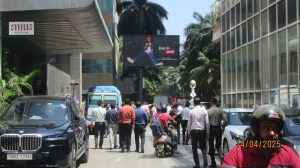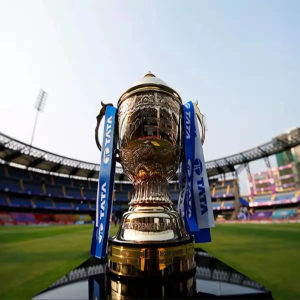Delhi’s Lutyens Zone Advertising through Smart Digital Screens
3 min read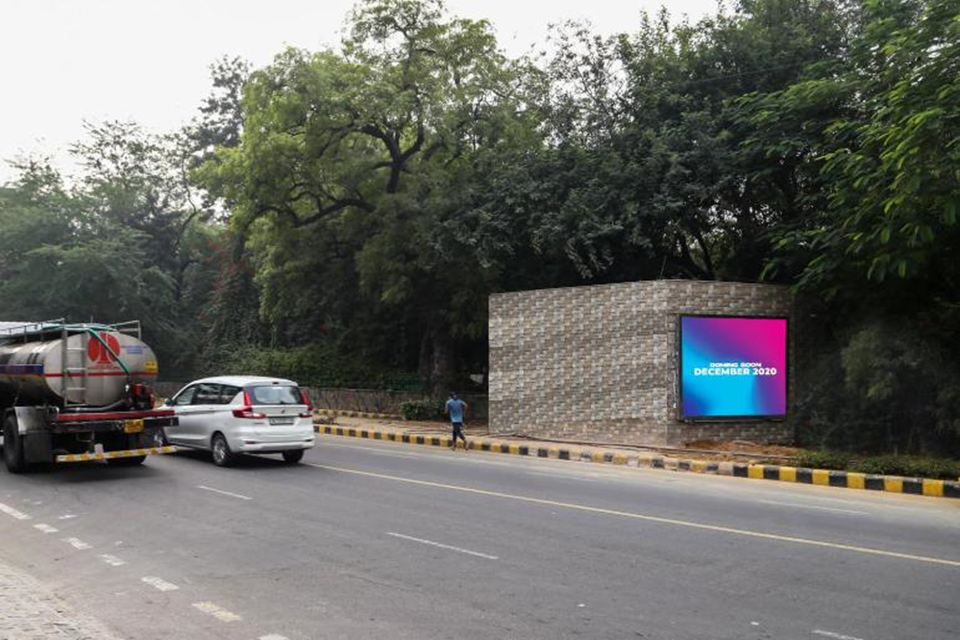
Delhi’s Lutyens Zone Advertising through Smart Digital Screens
Digital Out-of-home Smart Digital Screens advertising (DOOH) has been very impactful in metro cities like Delhi, Chennai, Mumbai, and Kolkata. The Delhi’s Lutyens Zone Advertising medium has gained popularity for its dynamic approach. Brands tend to implement digital screens at prime locations of the city to gain maximum audience attention. Lutyens zone in Delhi is one such location that advertisers find highly lucrative for spreading the brand’s message. Digital hoardings, banners, and screens try to fetch the consumer’s attention through lively visuals, bright colors, and crisp content. With internet-enabled digital screens, the brands can monitor the screens remotely. Myhoardings is the best media ad agency to promote your product and business.

Delhi’s Lutyens Zone Advertising Highlights:
Named after the architect of Delhi, Sir Edwin Lutyens, the Lutyens Zone covers important buildings and routes that connect Delhi to various parts of the city. It is one of the most expensive and highly important areas of Delhi.
Lutyens Zone covers:
- Rashtrapati Bhawan
- Connaught Palace
- Chanakya Puri
- India Gate
- Delhi High Court
- Jaipur House
- Parliament House
Advertisers can turn this highly beneficial zone into ‘smart advertising zone’ by implementing digital screens on routes, traffic lights and busy junctions. The Lutyens zone can be divided into three categories to achieve maximum audience reach through DOOH advertising in the form of Delhi’s Lutyens Zone advertising.
‘Impact’ creating zones:
- From JMC College towards Dhaula Kuan : This location covers Jesus and Marry College, Taj Palace, ITC Maurya Sheraton and Dhaula Kuan.
- From Golda Khaana towards Karol Bagh: This route covers Gol market junction, Bangla Sahib, Birla Mandir, Golda Khanna and Paharganj.
- From Connaught Palace towards Karol Bagh: too is a tremendously busy zone, it covers important areas such as Gol Market Junction, RK Ashram Metro, Paharganj and Karol Bagh.
- Ashoka hotel to Cankya puri: Covers Ashoka Hotel, Ashoka Hotel, Satya Niketan, Nehru Park ,Chanakyapuri and Embassies.
- From Africa Avenue to Poland embassy: Covers prime landmarks such as The Leela Palace, The Chanakya Mall, Yashwant Rao Complex, Chanakyapuri and Embassies.
- South Extension Part 1: Delhi’s first LED on arterial route can be mounted at the AIIMS flyover going towards Lajpath Nagar. This route covers Ring Road. The route has sites that are popular shopping hubs and also prime residential

‘Frequency’ Zones:
- From India International Centre towards Khan Market and From Khan Market towards Lodhi Garden: These routes cover popular land marks such as India International Centre, Khan Market, Lodhi Garden and Habitat Centre.
- From Connaught palace to Karol Bagh: Locations covered via this route include Pusa Road, Karol Bagh and Connaught Palace.
- From Central Secretariat towards Jor Bagh Metro Station: location highlights include Udyog Bhawan Metro Station, Janpath,Niti Aayog and Jor Bagh.
Digital advertising bring along a lot of innovative ideas through which the consumer can be informed, attracted and pushed towards a brand’s message. However, to make these digital screens more dynamic and to make cities even smarter, digital screens can further be uplifted with these features:
- Social Messaging: Live tweets by the Government of India and Air Quality Index updates.
- Technical facilities: 4G enabled screens with auto-brightness feature for day and night.
- Programmatic enabled: The target audience can be segmented and targeted on various routes and location by monitoring the smart digital screens by time, by date and by data gathered.
Smart digital screens are a new call to uplift the already accelerating digital outdoor advertising. The innovative ways make advertising more audience-specific, thus, generating desired results from the brand advertisements.
